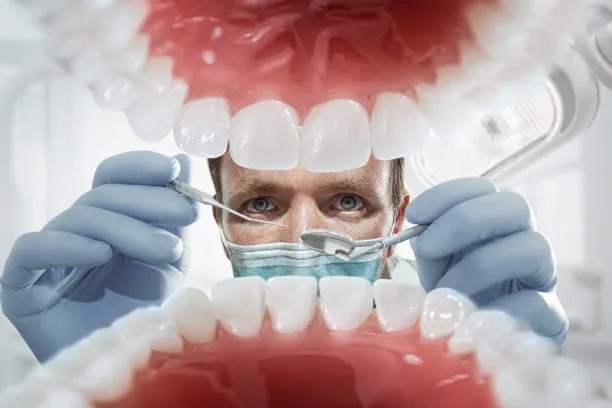The Essential Guide to Safely Extracting a Tooth and Promoting Healthy Oral Recovery Techniques
Summary: The extraction of a tooth can be a daunting experience, but with the right knowledge and approach, it can be managed safely and effectively. This article covers essential guidelines for safely extracting a tooth, including pre-extraction preparation, procedural steps, post-extraction care, and enhancing oral recovery techniques. Each segment provides clear, actionable advice, ensuring that those facing tooth extractions are well-equipped to handle the procedure and transition into recovery with minimal complications. By understanding and following these comprehensive guidelines, individuals can ensure a smoother experience, promote healing, and maintain optimal oral health.
1. Preparing for Tooth Extraction Safely

Preparation is crucial for ensuring a safe tooth extraction process. Before any procedure, it is recommended to consult with a dental professional who can assess the condition of the tooth and the surrounding gums. This assessment is vital in determining if extraction is the best course of action, or if other treatments could be pursued.
Patients should inform their dentists about their full medical history, including any medications, allergies, or existing health conditions. This information is vital for crafting an individualized treatment plan that minimizes risks during the extraction.
Additionally, it is advisable to have a friend or family member accompany you on the day of the extraction, especially if sedation will be used. Having support can make the experience more comfortable and ensures that someone is there to help post-procedure.
2. Step-by-Step Guide to Tooth Extraction
The actual process of extracting a tooth involves a systematic approach to ensure safety and minimize discomfort. First, local anesthesia is administered to numb the area around the tooth. This is crucial for minimizing pain during the extraction.
Once the anesthesia takes effect, the dentist uses specialized tools to loosen the tooth from its socket. This involves careful manipulation to avoid damaging the surrounding tissues. Depending on the tooths condition, extraction may require surgical intervention, which typically involves making an incision in the gum tissue.
After the tooth is successfully removed, the dentist may place gauze over the extraction site to control bleeding. This step is critical, as it helps initiate the clotting process, which is vital for recovery.
3. Post-Extraction Care for Optimal Recovery
Post-extraction care plays a significant role in the healing process and can affect overall recovery time. Following the extraction, patients should avoid vigorous physical activity for at least 24 hours, allowing the body to focus on healing.
Eating soft foods is essential during the initial recovery phase. Foods such as yogurt, applesauce, and mashed potatoes are gentle on the gums and minimize the risk of irritation. Its also important to stay hydrated but avoid using straws, as the suction can dislodge the blood clot, leading to complications like dry socket.
Maintaining oral hygiene is still important, but patients should be careful around the extraction site. Gently rinsing with warm salt water can help keep the area clean and promote healing without disrupting the clot.
4. Enhancing Oral Recovery Techniques
Several techniques can enhance recovery and promote healthy oral healing after a tooth extraction. One effective method is using ice packs on the outside of the cheek to reduce swelling. This should be done in intervals, applying it for 15 minutes at a time.
Incorporating nutritional supplements such as vitamin C can also bolster the immune system and promote healing. A well-balanced diet rich in vitamins and minerals is crucial during recovery.
Finally, attending follow-up appointments with the dentist ensures that the healing process is monitored and any complications are addressed promptly. These visits are essential for ensuring that the site is healing correctly and for discussing any ongoing concerns.
Summary:
Safe tooth extraction and subsequent recovery depend on careful preparation, understanding the extraction procedure, and adhering to post-operative care guidelines. By following these essential practices, individuals can experience a smoother recovery process, reducing the risk of complications significantly.
This article is compiled by Vickong Dental and the content is for reference only



